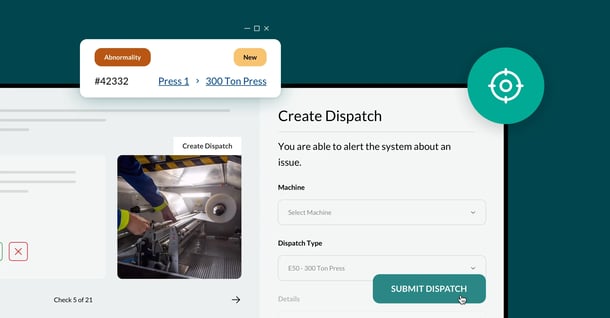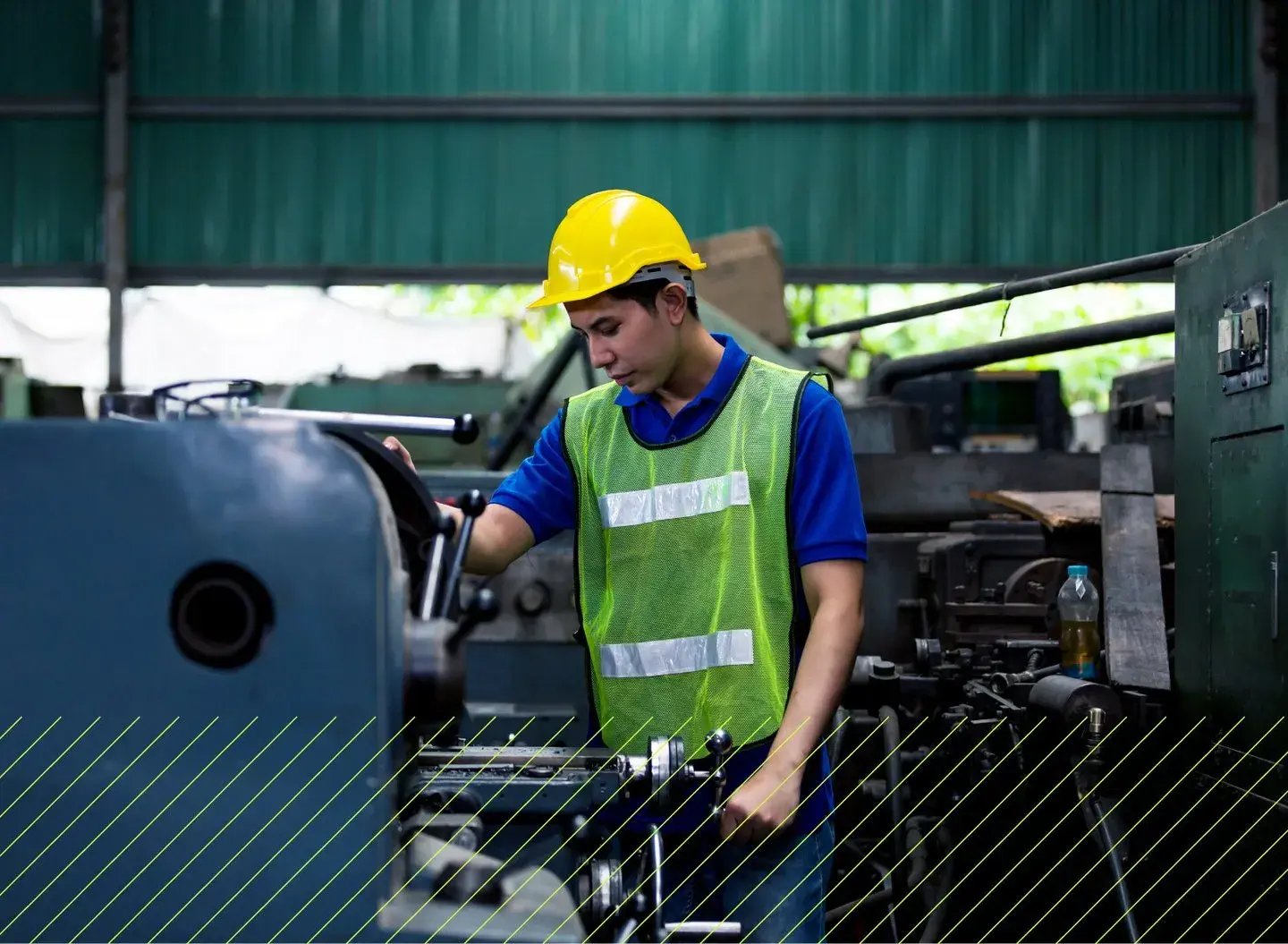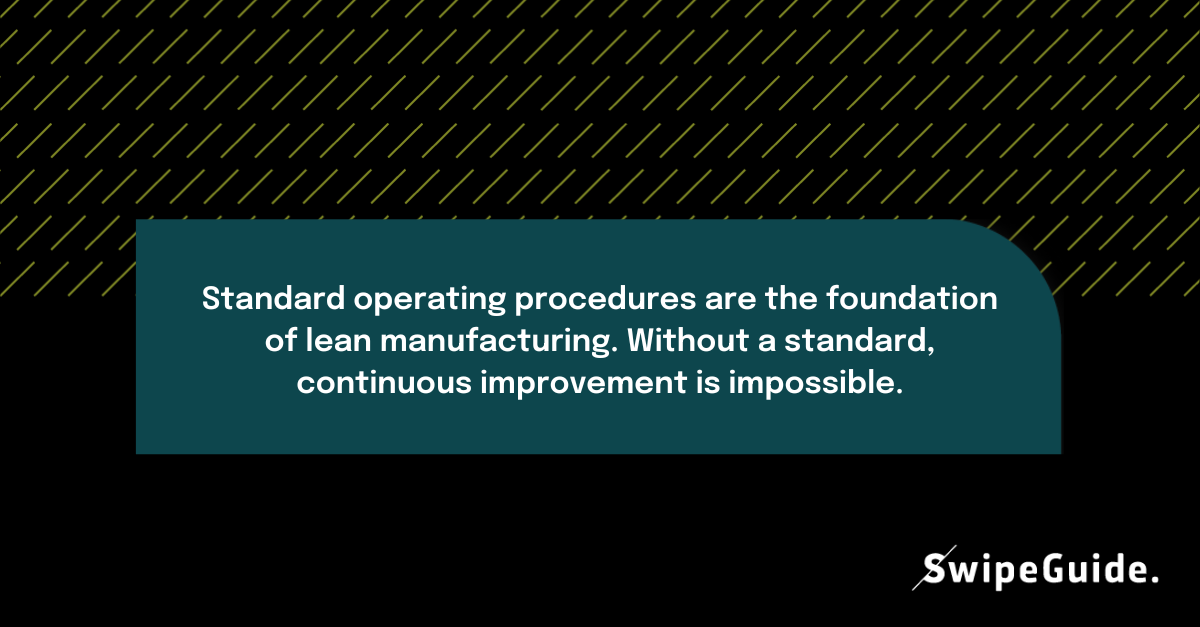

How Frontline Teams Impact Quality Improvement in Manufacturing.
Want to improve quality while reducing errors? We'll outline four pillars you can build on to prevent recalls, combat apathy, and drive excellence on the shop floor.
In the food industry, the average cost of a product recall caused by quality issues is said to be $10 million. For car manufacturers, they can be even more costly, amounting to $22 billion in previous years.
These costs don’t include the negative impact they have on the company’s brand. To avoid these hazards, you need a comprehensive approach to managing quality improvement in your manufacturing processes.
In this blog post we will outline four pillars you can build on to manage quality improvement in manufacturing together with your frontline teams.
1. A quality-first mindset and work culture.
Quality control is critical to any manufacturing process but it goes way beyond monitoring operations.
Yes, checklists and regular inspections are necessary. But to get smoother and more sustainable processes, you need to nurture a quality control culture and involve employees in the creation of quality standards:
- Companies that build a culture of continuous improvement and stimulate employees see lower turnover rates.
- This means they can better preserve their team’s knowledge.
- Team members who actively contribute to the company’s processes also feel more valued and accomplished, resulting in better performance.
2. Standardization and consistency.
Besides building a quality-first work culture, companies should be diligent about establishing standard operating procedures (SOPs).
A good SOP is:
- Simple - actions are explained in steps that are easy to follow.
- Visual, illustrating the desired action in detail.
- Avoiding jargon and use language that everyone understands.
- Consistent and clearly structured.
- Accessible and easy to use while working.

Well-crafted SOPs enable your team to reduce errors and waste. Using SOPs doesn’t mean you remove employee agency, joy, or responsibility.
According to a study, employees who don’t use SOPs tend to be more stressed than those who do. With good standards and a healthy work culture in place, they can be more focused on improvement ideas.
3. Every task done right.
If your SOPs are stored in chunky paper manuals, chances are they are not being used effectively, which leaves your operations and quality improvement at risk.
- Today, you have many flexible tools at your disposal to provide this information easily when the task is being performed.
- Digital work instruction platforms like SwipeGuide allow you to create mobile-first instructions and SOPs that employees can access with a couple of taps or a QR scan on their phone.
- Look for solutions that are easy to implement, easy to integrate and that make information consumption easy, with instructional design principles built in.
-png.png?width=600&height=300&name=110B%20(2)-png.png)
4. Knowledge sharing.
Of course, the shop floor is a dynamic environment and nobody is as close to the action as your frontline. Inevitably, there will be things that need to be improved in any SOP. The best way to understand what’s happening is to encourage your team to share knowledge.
- Empower team members to submit feedback and improvement ideas for your processes and report when a process is out of date.
- Build a mentorship program so senior employees can transfer knowledge to new hires.
- Establish a good onboarding and upskilling program for all employeesto boost skill improvement and task performance.
- Exchange best practices across teams, lines, and sites within your organization.

Quality improvement in manufacturing depends on the skills and capabilities of your frontline.
Quality improvement in manufacturing = empowering the frontline.
To impact quality improvement in manufacturing, keep these 4 things in mind:
-
Build a healthy work culture focused on operational excellence.
-
Establish SOPs.
-
Deliver instructions with the right tools.
-
Encourage knowledge sharing to drive continuous improvement and speed up new hire productivity.
When these best practices converge, you will see more employee engagement and less apathy. Empowered employees are the key to frontline excellence.
Read more about standard operating procedures:
👉 Deep Dive: How SwipeGuide impacts product quality.
👉 How Coca-Cola India is improving product quality.
👉 Standard Work = Processes + Procedures + Work Instructions.
👉 Coca Cola Webinar.
Author
Revisions
It's time to simplify frontline training
Work instructions, checklists, and skills management - all in SwipeGuide
- Cut training time by 50%
- SOC I and II compliant
Get to know us
SCHEDULE YOUR DEMOResources
-
1
How to empower your frontline with better instructional design. -
2
How to gain the edge in Industry 4.0 with smart manufacturing practices. -
3
How to make excellent digital work instructions. -
4
How to deliver continuous improvement at the frontline with Lean principles. -
5
How to capture, share, and improve expert knowledge with digital SOPs.

.png?width=1000&height=1000&name=Quality%20Improvement%20in%20Manufacturing%20(1).png)
-png.png?width=600&height=450&name=Quality%20Diagram%20(1)-png.png)



